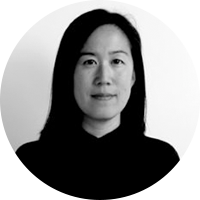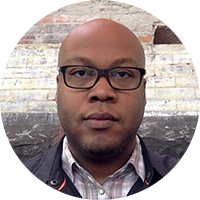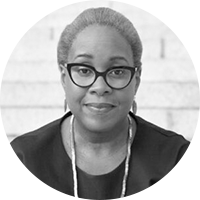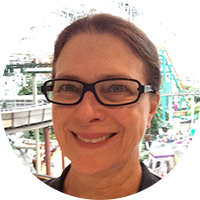-
Membership
Membership
Anyone with an interest in the history of the built environment is welcome to join the Society of Architectural Historians -
Conferences
Conferences
SAH Annual International Conferences bring members together for scholarly exchange and networking -
Publications
Publications
Through print and digital publications, SAH documents the history of the built environment and disseminates scholarship -
Programs
Programs
SAH promotes meaningful engagement with the history of the built environment through its programs -
Jobs & Opportunities
Jobs & Opportunities
SAH provides resources, fellowships, and grants to help further your career and professional life -
Support
Support
We invite you to support the educational mission of SAH by making a gift, becoming a member, or volunteering -
About
About
SAH promotes the study, interpretation, and conservation of the built environment worldwide for the benefit of all
Irene Cheng, Charles L. Davis II, and Mabel O. Wilson discuss their new edited volume, Race and Modern Architecture: A Critical History from the Enlightenment to the Present (University of Pittsburgh Press, 2020). Patricia A. Morton, associate professor in the Media and Cultural Studies Department at the University of California, Riverside, moderates the discussion, which covers the themes of the book, provides background about how it came to be, and offers commentary on what broader lessons it offers architects and historians.
Speakers

Irene Cheng is an architectural historian and associate professor at the California College of the Arts. Her current book project, entitled “The Shape of Utopia: The Architecture of Radical Reform in Nineteenth-Century America" (forthcoming, University of Minnesota Press) explores the geometry of architectural projects affiliated with anarchist, socialist, abolitionist, free love, spiritualist, and other radical antebellum movements. She is a co-director of the Race + Modern Architecture Project (R+MAP), an interdisciplinary research group that is exploring the influence of racial discourses on architecture from the Enlightenment to the recent past, and founding principal of Cheng+Snyder, a multidisciplinary design practice that seeks to instigate critical debates about politics, architecture, and the city. With David Gissen, Cheng is the a founding co-director of the Experimental History Project, an initiative of CCA's MAAD-History Theory Experiments (HTX) program.

Charles L. Davis II is an assistant professor of architectural history and criticism at the University at Buffalo, SUNY, a current member of the SAH Board of Directors, and the chair of the SAH Race and Architecture Affiliate Group. His book manuscript, Building Character: The Racial Politics of Modern Architectural Style (University of Pittsburgh, 2019) traces the historical integrations of race and style theory in paradigms of “architectural organicism,” or movements that modeled design on the generative principles of nature. He has published articles and essays in Architectural Research Quarterly, Journal of the Society of Architectural Historians, Harvard Design Magazine, Log and Aggregate. His current book project, tentatively entitled “Black By Design: An Interdisciplinary History of Making in Modern America” recovers the contributions of black artists in shaping the built environment from the Harlem Renaissance to Black Lives Matter.

Mabel O. Wilson is the Nancy and George Rupp Professor at Columbia University GSAPP and a professor in the African American and African Diasporic Studies Department. She is the author of Begin with the Past: Building the National Museum of African American History and Culture (2016) and Negro Building: Black Americans in the World of Fairs and Museums (University of California Press, 2012). With her practice Studio &, she is a designer/historian on the architectural team for the recently completed Memorial to Enslaved African American Laborers at the University of Virginia.
Moderator

Patricia A. Morton is a faculty member in the Media and Cultural Studies Department at the University of California, Riverside. She is author of Hybrid Modernities: Architecture and Representation at the 1931 International Colonial Exposition in Paris (MIT Press), which examines the representation of racial hierarchies at a world’s fair intended to celebrate colonialism. Her current project, Paying for the Public Life, uses work by architect Charles W. Moore to interrogate the formation of publics and counterpublics in the 1960s. A forthcoming article, “Public Life and Public Housing: Charles Moore’s Church Street South,” looks at a public housing project in New Haven, Connecticut, and the racial thinking fundamental to the architect’s vision of a “public life” for Black residents who had been displaced by Urban Renewal. She serves as first vice president of the Society of Architectural Historians.


